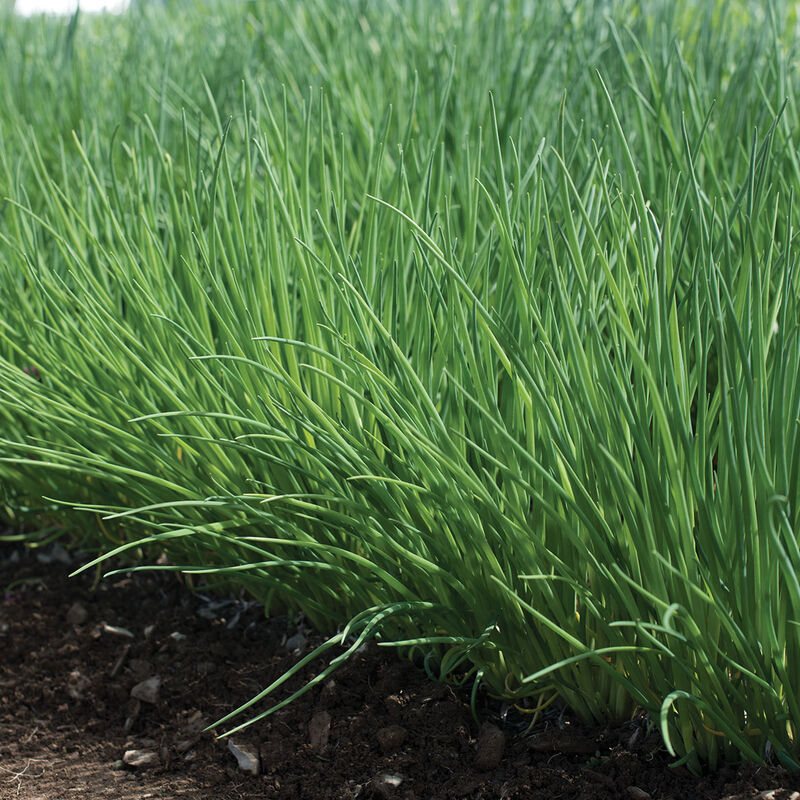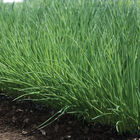Polyvert Chive Seed
Product ID:3733.113733
Polyvert Chive Seed
Product ID:3733.113733
Medium-size leaf, highly uniform.
Suitable for growing in field or containers. Dark green leaves with very good uniformity. Compared to Purly, Polyvert is more uniform with slightly thinner leaves. Vigorous growth. Also available in organic seed.Specs:
- This product does not ship to the following countries: Austria, Belgium, Bulgaria, Switzerland, Cyprus, Czech Republic, Germany, Denmark, Estonia, Spain, Finland, France, United Kingdom, Greece, Croatia, Hungary, Ireland, Italy, Lithuania, Luxembourg, Latvia, Malta, Netherlands, Norway, Poland, Portugal, Romania, Sweden, Slovenia, Slovakia, San Marino, Ukraine.
DAYS TO GERMINATION:
7-14 days at 65–70°F (18–21°C).SOWING:
Direct seed (recommended): In spring, sow 1/4" deep as soon as the soil warms up. Place 4-6 seeds every 6" or 1-2 seeds per inch. Thin to 2-3 plants every 2-8". Keep free of weeds.Transplant: Start seeds in flats 6-8 weeks before the last frost. Sow several seeds per plug, thinning to 3-4 seedlings per plug. Transplant seedling clusters 2-8" apart in rows 18" apart.
LIGHT PREFERENCE:
Sun/Part Shade.SOIL REQUIREMENTS:
A fairly rich soil that is high in humus.PLANT HEIGHT:
12-18".PLANT SPACING:
2-8".HARDINESS ZONES:
Zones 3-9.HARVEST:
Individual leaves may be harvested once the plants are established. Harvest leaves before flowering begins. Leaves can be harvested 3-4 times per year, cut at ground level.Leaves may be used fresh or dried. To dry, cut bundles into 1/4- 1/2" lengths. Spread one layer on a screen, allowing for air circulation. Place in a well-ventilated location out of direct sunlight. Stir periodically while drying.
Note: Mature chive clumps should be divided every 3 to 4 years.
SCIENTIFIC NAME:
Allium schoenoprasumJohnny's is committed to your success, every step of the way.
We want you, our customer, to be 100% satisfied with all of our seeds, tools, and supplies.
If anything you purchase from us proves unsatisfactory, we will either replace the item or refund the purchase price.






